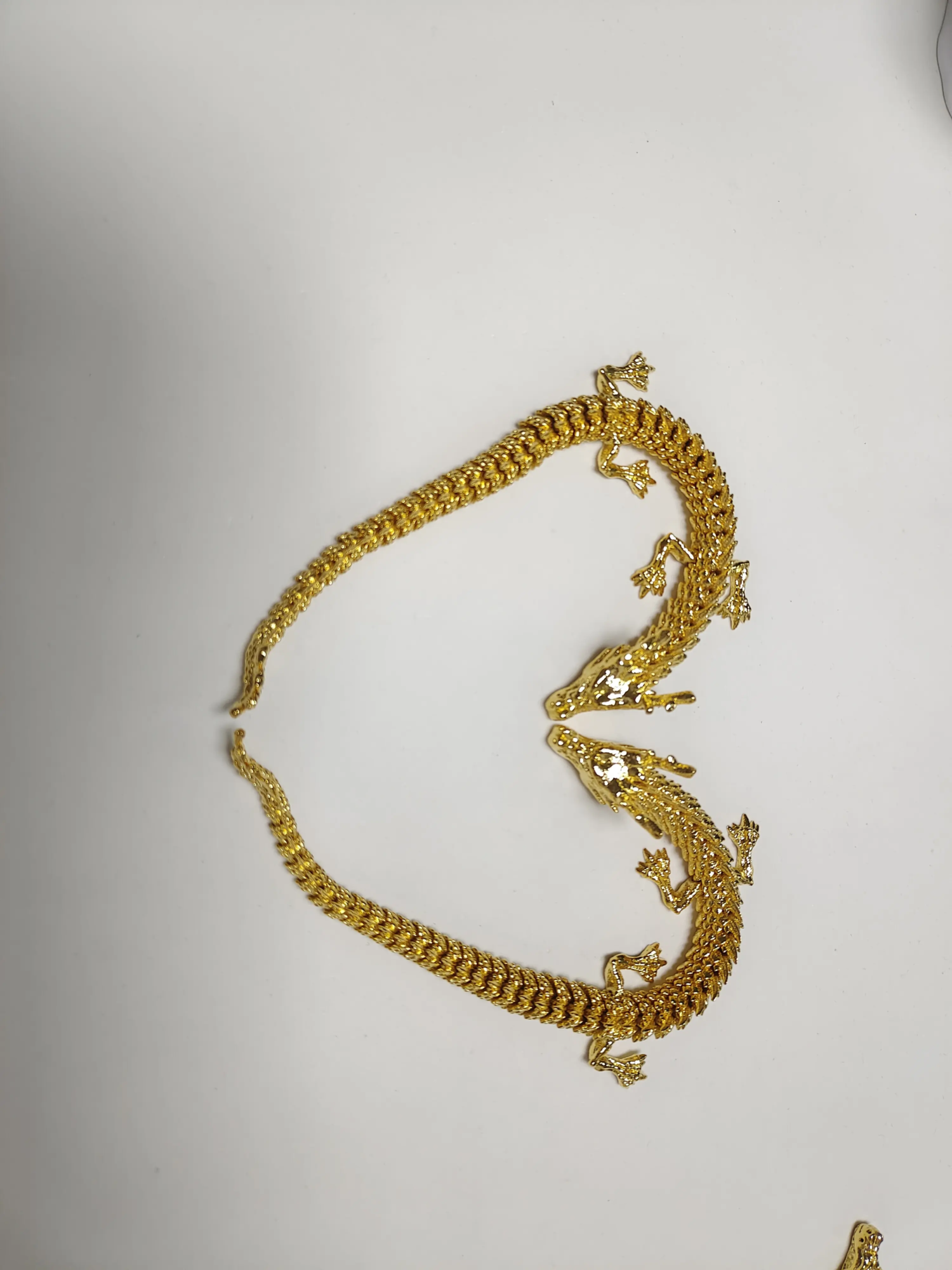Annealing PC 3D Printing Introduction
The world of 3D printing has revolutionized the way we design, prototypify and manufacture products. One of the most popular materials in 3D printing is polycarbonate (PC), known for its strength, durability and versatility. But, like all 3D printing materials, PC printing can be prone to warping, cracking and brittleness. To alleviate these problems, a process called annealing can be used to enhance the properties of PC 3D printing. In this article, we will dig into the world of annealed PC 3D prints and explore its benefits, methods and best practices.
What is annealing?
Annealing is a heat treatment process that involves heating the material to a specific temperature, keeping it for a set time, and then slowly cooling it. This process can relieve internal stress, reduce distortion and increase material ductility. In the context of 3D printing, annealing can be used to improve the mechanical properties of PC printing, making it more suitable for functional prototypes, production parts and end-use applications.
Benefits of Annealing PC 3D Printing
Annealed PC 3D printing can provide a variety of benefits, including:
- Reduce warping and rupture:Annealing can help relieve internal stress, resulting in distortion and rupture in PC printing.
- Increased ductility: The annealing process can improve the flexibility and toughness of PC printing, making them prone to fragility.
- Enhanced chemical resistance:Annealing can help improve the chemical resistance of PC prints, making them more suitable for applications where they are exposed to harsh chemicals.
- Improved dimensional stability:Annealing can help stabilize the size of PC prints, thereby reducing the risk of shrinking or expanding over time.
Annealing PC 3D printing method
There are several methods for annealing PC 3D printing, including:
- Annealing the oven: This involves heating the print in a conventional oven to a temperature of about 120°C to 150°C (248°F to 302°F) for several hours.
- Heat gun annealing: This involves using a heat gun to heat the print to a temperature of about 120°C to 150°C (248°F to 302°F) for several minutes.
- Vacuum oven annealing: This involves heating the print in the vacuum oven to a temperature of about 120°C to 150°C (248°F to 302°F) for several hours.
Best Practices for Annealing PC 3D Printing
To achieve the best results when annealing PC 3D printing, some best practices must be followed, including:
- Preheated prints:Preheat the print to about 50°C to 70°C (122°F to 158°F) before annealing to reduce the risk of thermal shock.
- Monitor temperature: Use a thermometer to monitor the printing temperature during annealing.
- Cool slowly: Cool the print slowly and evenly to prevent thermal shock and warping.
- Avoid overheating: Avoid overheating of prints as this may damage the material.
in conclusion
Annealing PC 3D printing can be an effective way to enhance the properties of these materials, making them more suitable for a wide range of applications. By understanding the benefits, methods and best practices of annealing PC 3D printing, manufacturers and designers can produce high-quality, functional prototypes and production parts. Whether you are using complex geometry or simple design, annealing can help your 3D printing to the next level.
FAQs (FAQs)
- Q: What is the ideal temperature for annealing PC 3D printing?
A: The ideal temperature for annealed PC 3D printing is about 120°C to 150°C (248°F to 302°F).
- Q: How long does the annealing process take?
A: Depending on the method and temperature used, the annealing process may take several minutes to several hours.
- Q: Can I summarize other types of 3D printing materials?
A: Yes, annealing can be used to enhance the properties of other types of 3D printing materials, including ABS, PLA and nylon.
- Q: Do all PC 3D printing require annealing?
A: No, no annealing is required for all PC 3D printing. However, it may be beneficial for prints that will be under pressure, impacted or severe circumstances.





